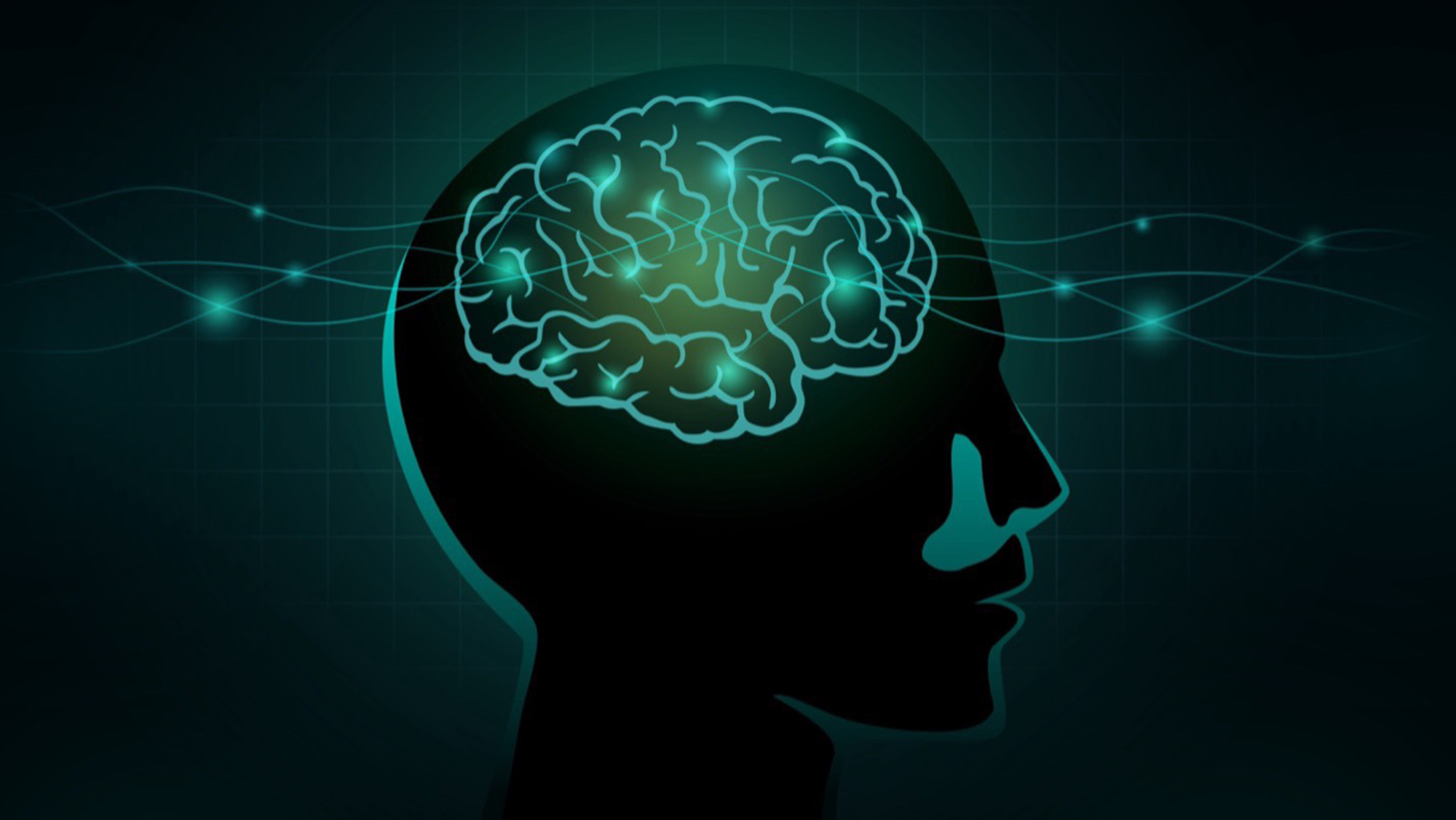
Whether subconscious breathing or intentional operations like walking, reaching and grabbing, every action of the human body comes from a signal transmitted through the nervous system of a powerful biological supercomputer called “the brain.” However, like any computer, the brain can malfunction and send the wrong signals or none at all, causing various neurological disorders.
Years of neuroscience research have led to implanting electrode arrays, or small wires, in the brain to measure electric potential energy normally sent through the nervous system. These arrays allow patients — such as those with locked-in syndrome who can fully think and reason but cannot move any muscle except those controlling their eyes — to do things previously unthinkable, like directing a robot with only their thoughts.
Yet, as the research advances, observation shows that the electrode arrays aren’t lasting long-term. The current invasive implantation method creates scar tissue, and as the scar layer forms around the device, the electrode arrays receive less specific information. The scar tissue eventually causes the subtle difference between neurons to become unreadable, according to Dr. Taylor Ware, associate professor in the Department of Biomedical Engineering and the Department of Materials Science and Engineering at Texas A&M University.
Someone who has a lifelong condition, like locked-in syndrome, will need a device to continue to function for a long period of time. If it doesn't last, then you have an imperfect tool.
“These devices may get good information at the beginning, but as time proceeds, you get less information due to degradation,” Ware said. “Someone who has a lifelong condition, like locked-in syndrome, will need a device to continue to function for a long period of time. If it doesn't last, then you have an imperfect tool.”
To combat this problem, Ware received a $2.43 million grant from the National Institutes of Health to build and test new types of electrode arrays that will last.
For their proposed solution, Ware and his collaborators, Dr. Joseph Pancrazio at the University of Texas at Dallas and Dr. Jeffrey Capadona at Case Western Reserve University, are engineering electrode arrays made of a liquid crystalline material with programmable shape-changing capabilities, leading to a less invasive implantation technique. These devices will be designed to deploy tiny electrodes within the tissue and may enable the electrode to largely avoid the scar that forms around current device designs.
“The idea here is to insert a relatively larger device that contains all the electrodes and then have them move away from that central location, past the principal scar,” Ware said. “Then deploy very small electrodes, little wires effectively with exposed tips, such that you are now in contact with tissue that's not scarred.”
There is still so much to learn about the brain. These devices could be enabling for studying the brain as well.
With its shape-changing properties, Ware’s system holds the potential for increased longevity of the electrode arrays and enable devices to cover a larger volume of tissue in the cerebral cortex, the brain’s outermost layer where much of the high-level information processing occurs.
While locked-in syndrome patients most commonly see the benefits of electrode arrays, Ware said the technology could be applied more broadly to many other populations.
“For someone who can no longer walk, a wheelchair could be controlled with the mind instead of with the hands,” he said. “There is still so much to learn about the brain. These devices could be enabling for studying the brain as well.”
Ware and his collaborators are hopeful about the implications of advancing the electrode array technology.
“Building a long-term stable electrical interface to the brain is a tough problem, so I'm hoping we can contribute to that big conversation on ways to improve the longevity of those devices,” he said. “I think it would be a major outcome for biomedical engineers to be able to build improved neural interfaces.”